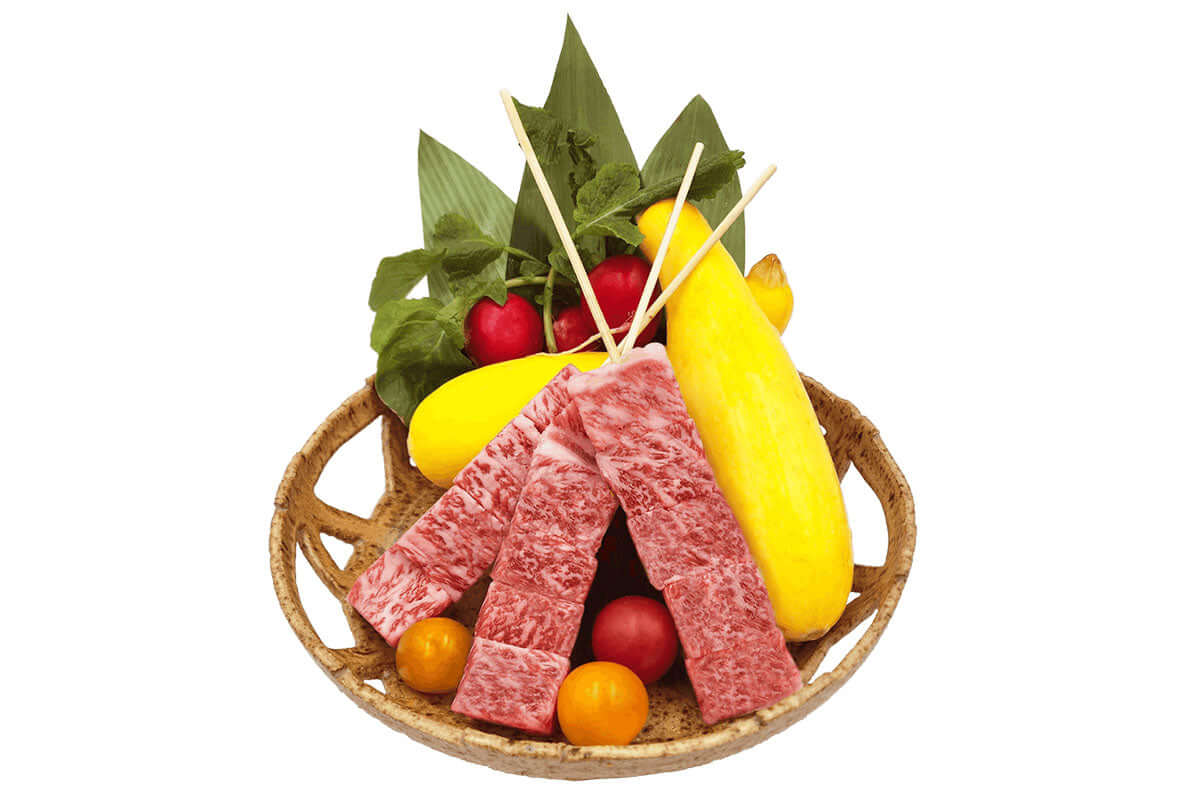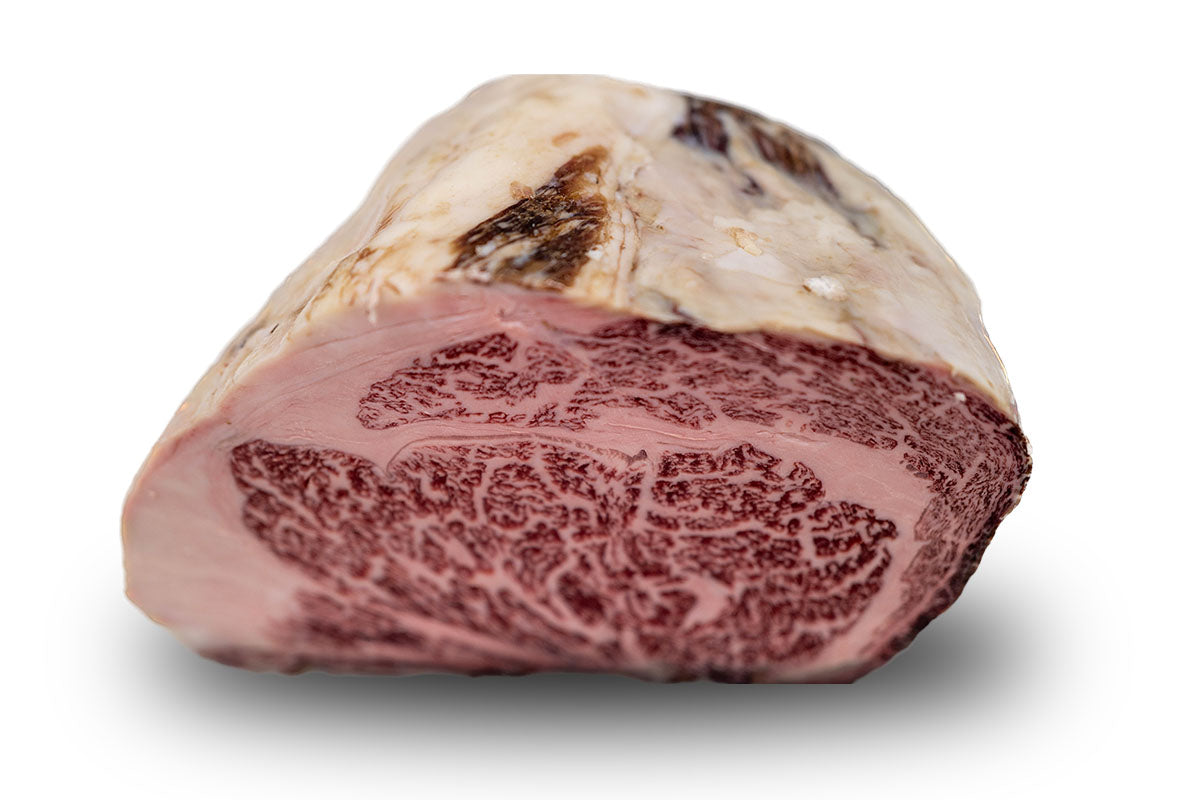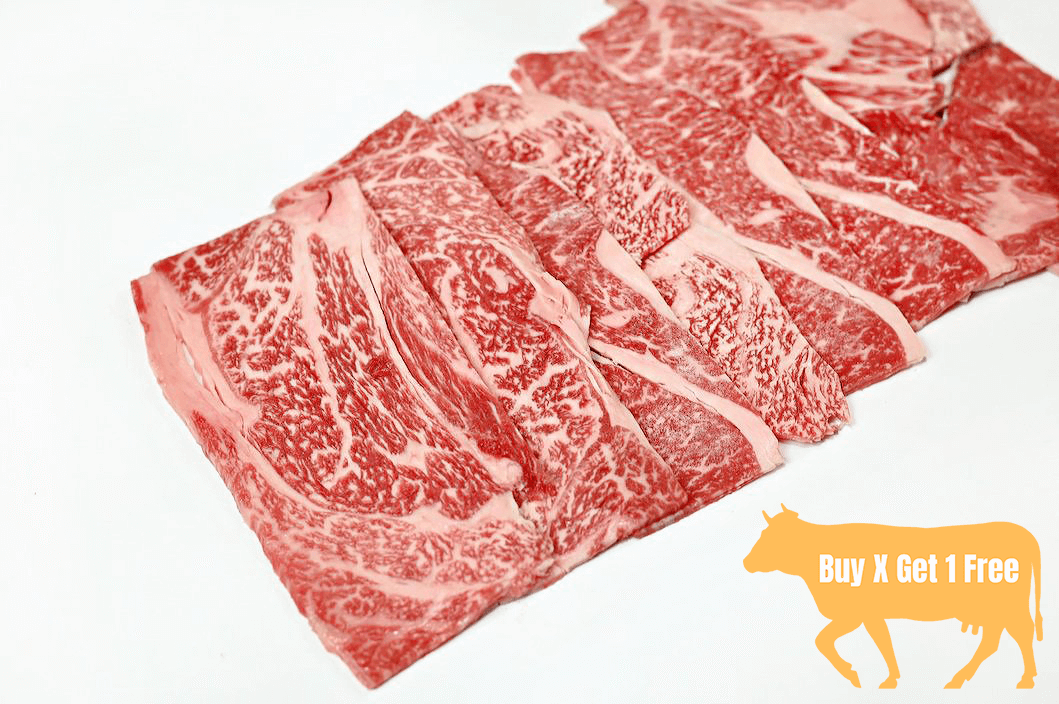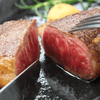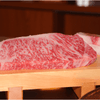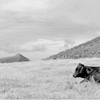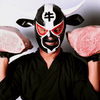What is Wagyu Beef? Everything You Wanted to Know About the World’s Best Beef
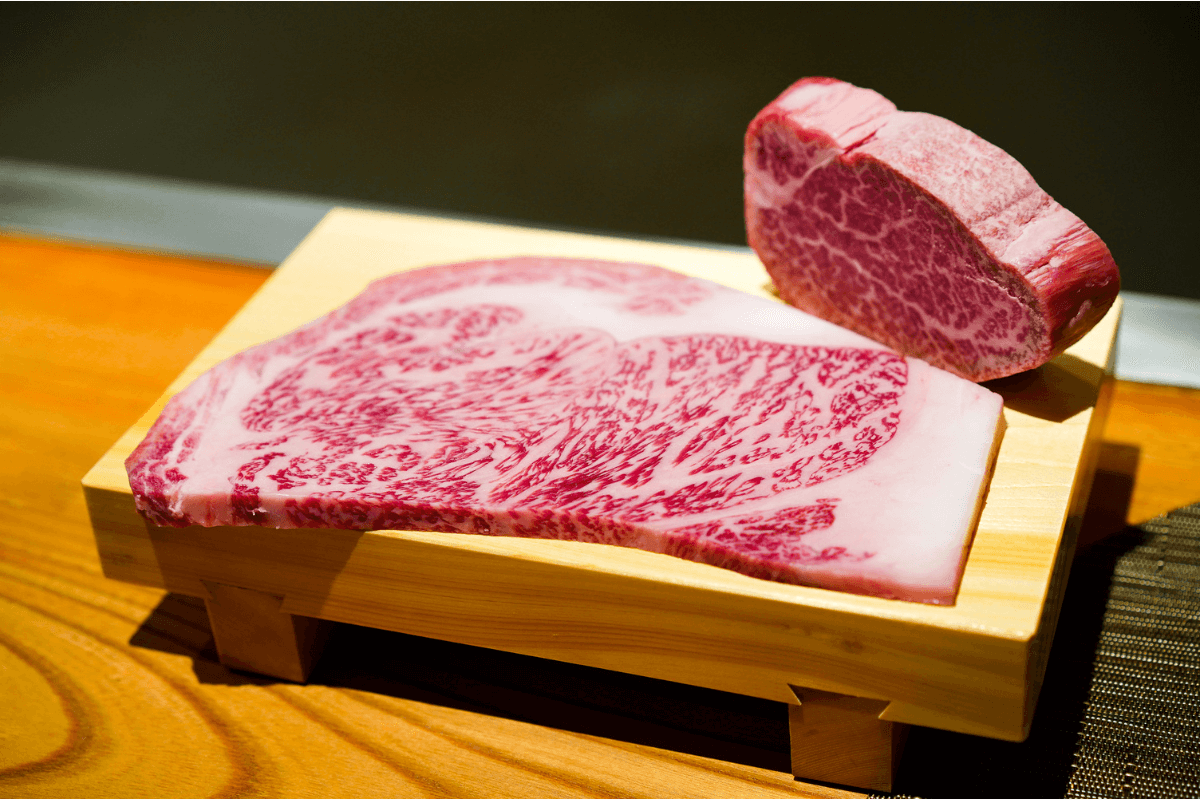
Everyone who’s had the pleasure of eating a delicious morsel of steak has heard of Wagyu beef. After all, it is the champagne of meat, and many people consider it an absolute luxury to eat it.
But many people don’t seem to understand what truly makes a Wagyu steak special, nor why we see so many variants that may or may not be the “real thing.”
But don’t fret, that’s what we’re here for!
What is Wagyu beef?
Wagyu beef is any of four different kinds of Japanese cattle raised specifically in Japan. The name itself — Wagyu — literally means Japanese cattle. The “wa” means Japan and the “gyu” stands for cow or cattle.
And while it might be easy to think any beef from Japan is automatically called Wagyu, the reality is a bit more complicated (for good reason!). Only four strains of cattle are allowed to be called Wagyu, among many other requirements.
The beef must also come from a cow that was born and bred in Japan, and is provable in the cattle traceability system setup to maintain the quality of the beef.
What kinds of Wagyu breeds are there?
The term Wagyu beef can mean beef from any of four specific breeds of cattle when they’re raised in Japan:
- Japanese Black (Kuroge Washu)
- Japanese Shorthorn (Nihon Tankaku Washu).
- Japanese Brown (Akage Washu or Akaushi)
- Japanese Polled (Mukaku Washu)
Japanese black is the dominant breed available, with over 90% of Japanese cattle belonging to this strain.
What makes Wagyu beef so special?
If you’ve ever had the pleasure of trying a piece of this amazing beef, you’ll already know why. This breed of cow has a special characteristic in how it processes fat in the body.
If you or I eat a lot of food in one sitting, we’ll most likely get an accumulation of fat right on top of our bellies. The classic case of too much belly fat. But for Wagyu cows in particular, their fat tends to build up through the muscle, rather than outside of it.
Think of a normal cut of rib-eye.
Oval-shaped, large swaths of white fatty chunks, surrounded by thick areas of pure beef interspersed with a few lines of fat here and there.
It probably looks something like this:

But when it comes to the Wagyu version of a rib-eye steak, the fat isn’t fully focused on the outside of the cut. It’s interlaced throughout the meat, ensuring every single bite includes a little bit of tasty fat to help fill out the flavor profile.

This results in an amazingly creamy, succulent flavor that other kinds of steak simply can’t match. People often say it somehow melts in their mouth, a statement not usually associated with steak.
And yet, it works perfectly for Wagyu beef!
How can I tell if it’s Wagyu beef?
While many ranchers and restaurants around the world state they offer Wagyu beef, the reality is often different.
Due to importing, cross-breeding, and many other liberties taken over the years, many Australian and American cattle farmers state they raise authentic Wagyu beef.
But, to be true Wagyu beef, the cattle has to be born and bred in Japan, undergo a specific method of being raised, and later processed through a highly monitored supply chain. Many of the competitors in other countries simply don’t have these processes in place, raise their cattle differently, and in almost all cases — are not raising Wagyu purebred cattle.
When Americans and Australians first imported Wagyu cows before their export was banned, they had to cross-breed the cattle in order to proliferate the herds. In America, they were mostly cross-bred with Angus beef. In Australia, the main breed was Holsteins.
While both types of meat still taste amazing, they don’t have the same genetic qualities that pure Wagyu beef does — and simply don’t measure up to the same amazing taste!
Fortunately, there is one simple way to tell if a steak you’re ordering or eating is actually from Japan and is of the Wagyu variety.
In 2007, the “Wagyu Japanese beef logo” was introduced as a standard notification for buyers all around the world.
It looks like this:
So, the next time you’re on the lookout for the most succulent piece of steak you could ever put into your mouth, keep an eye out for the Wagyu Japanese beef logo and set your mind at ease.
In the meantime, if you’re interested in seeing the various amazing cuts of Wagyu beef, check out our store for premium quality Japanese Wagyu beef, imported directly from Japan.
Photo credits:
1. Photo from https://wagyuman.com/
2. Photo from http://jlec-pr.jp/en/beef/beef-logomark/
3. Photo by Kyle Mackie on Unsplash

